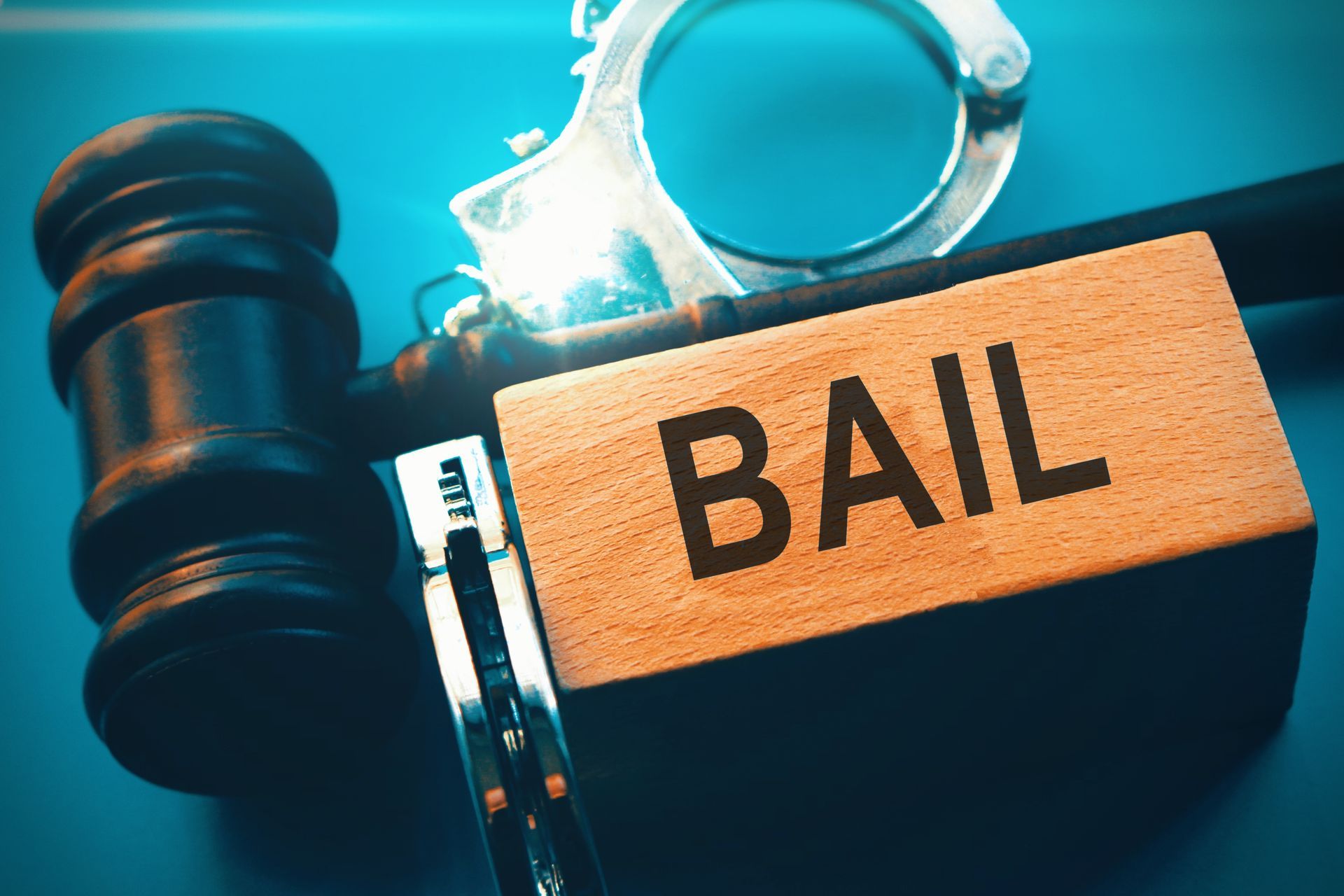Pre-Trial Home Confinement: What You Need to Know

Many state judicial systems are now offering defendants the option of pre-trial home confinement, also called house arrest or electronic home monitoring (EHM), instead of traditional release on bail as they await their court hearings.
While home confinement sentence options have been available throughout the country for many years, pre-trial home confinement is growing in popularity as state judicial authorities attempt to combat jail overcrowding and the spread of the COVID-19 virus throughout detention centers.
Read on to learn more about pre-trial home confinement, including when it may be offered, how it works, and its advantages and disadvantages when compared to other pre-trial release or detainment options.
When Pre-Trial Home Confinement May Be Offered
While every state has unique laws that govern when judges can offer defendants pre-trial home confinement, some states and counties allow judges to present the option as an alternative to traditional release on bail. Some defendants choose pre-trial home confinement over traditional release on bail when they lack the funds to post bail or have other concerns about the bond process.
In other instances, pre-trial home confinement may be offered as a bail condition, meaning a defendant must participate in a pre-trial home confinement program while out on bond if they do not choose to stay in the detention center until their trial.
How Pre-Trial Home Confinement Works
While all pre-trial home confinement programs vary somewhat, almost all require participants to wear a special ankle monitor or bracelet equipped with technology that tracks at least some of their movements. Today's ankle monitors typically have incorporated global positioning system (GPS) technology that allows a court-appointed officer to know where a defendant is at all times.
While on pre-trial confinement, a defendant can typically continue to work at their usual workplace after a court officer speaks to their employer to confirm their employment. The employer may have to keep a daily log of hours worked that the defendant then shows to their court-appointed officer every week.
However, outside of work hours, a defendant must typically spend much of their time at their home when on pre-trial home confinement. The defendant may be provided a daily curfew, a list of limited activities that they can engage in outside of the home, and/or a small allotment of personal hours when they can travel outside of the home.
In addition, defendants awaiting trial on pre-trial home confinement usually check in with their court-appointed officers once a week and show their work hour logs and proof that they attended the activities they reported attending outside of the home during the week.
Electronic Home Monitoring Pros and Cons
Pre-trial home confinement has its advantages and disadvantages to the defendants who opt for this program instead of pre-trial incarceration or traditional release on bail.
Electronic home monitoring benefits include:
- Maintain steady employment. The ability to work while on pre-trial home confinement can help prevent the loss of a steady job and the financial hardship that can follow when opting to stay in jail while awaiting trial.
- Have some freedom while awaiting a court hearing. Even when they must stop participating in some activities they typically participate in outside of the home when on house arrest, this program does offer defendants much more freedom than they would have when awaiting trial behind bars.
Pre-trial home confinement disadvantages include:
- High program cost. Program participants are often charged $350 or more to start their home monitoring programs.
- Less freedom than traditional pre-trial release on bail. After posting traditional bail, you do not have to wear a GPS tracking device and have the freedom to participate in any legal activities outside of the home you desire as you await your court hearing.
- Stigma. You may worry that your employer will judge you harshly when they learn that you are on house arrest awaiting a court hearing and that people who see your ankle monitor will stereotype you as a criminal.
In addition, ankle monitors are heavy devices that can lead to leg discomfort in some people, and some states, although not all, add recording devices to these bracelets that record all conversations the defendant has with others while awaiting their court hearing.
Finally, many people who opt for pre-trial home confinement instead of traditional release on bail agree to electronic home monitoring due to the belief that they will only be in the program a few short days or weeks before their court hearings occur. However, these defendants often instead find themselves wearing the ankle monitors for years until their trials occur due to an overwhelmed judicial system.
While pre-trial home confinement does grant a defendant more freedom than life behind bars does when awaiting a court hearing, traditional release on bail is often a better option when maximum freedom to prepare for a trial is desired. In addition, EHM program fees can add up greatly over time and eventually create a financial hardship.
If you need help bailing yourself, a friend, or a loved one out of jail, then contact the bail bonds agents at Absolute Bail Bonds today.



















